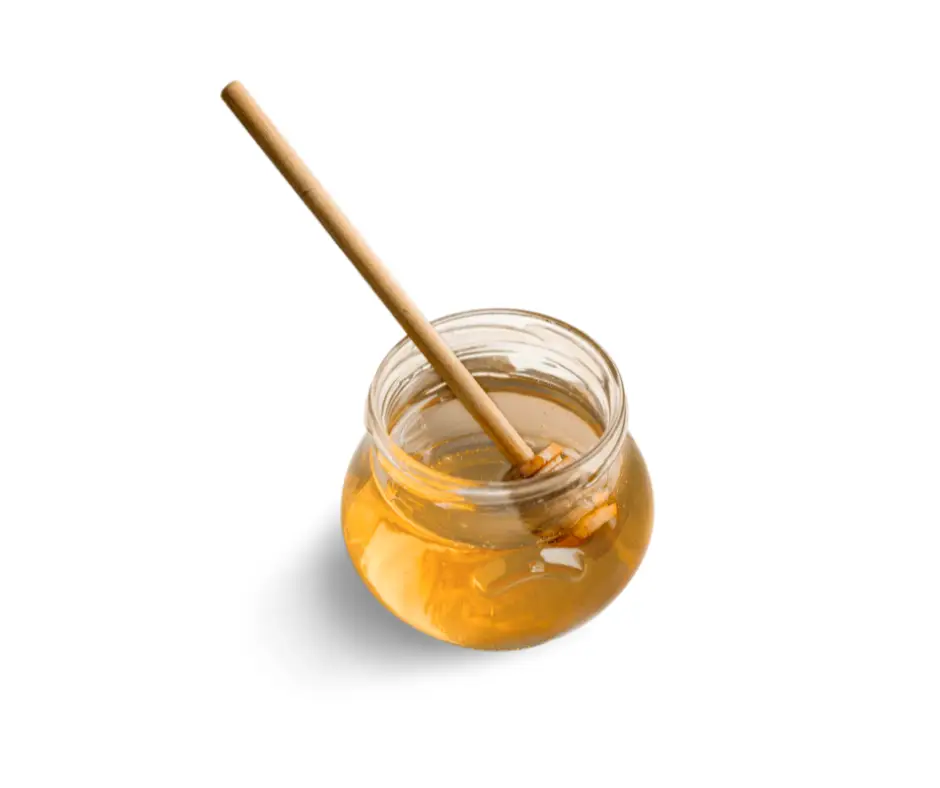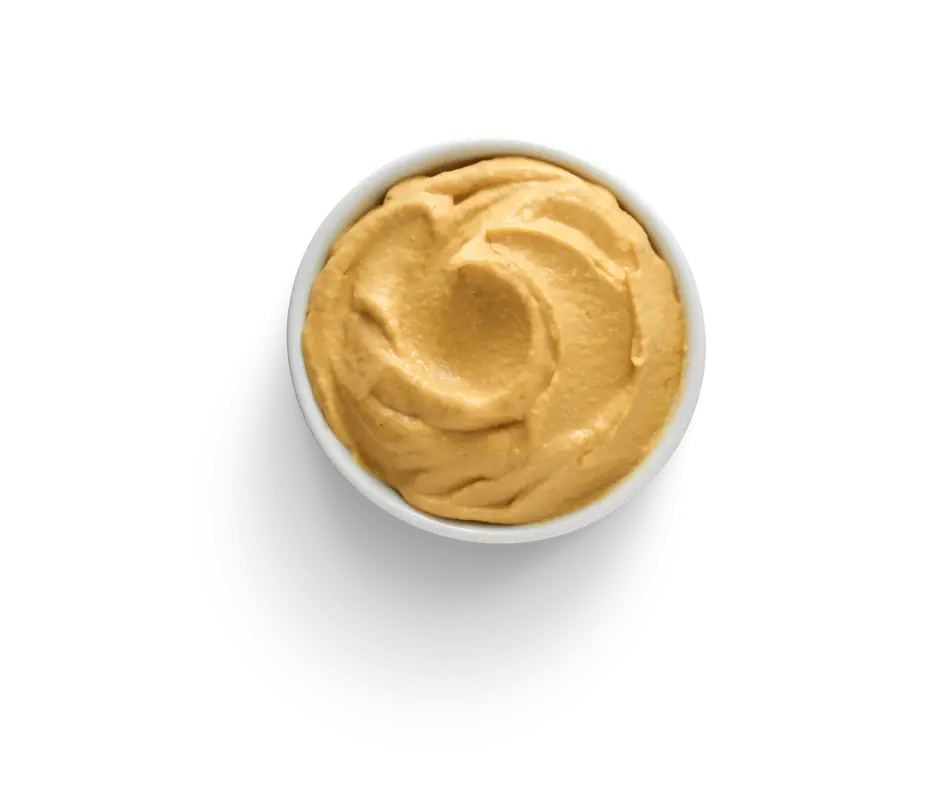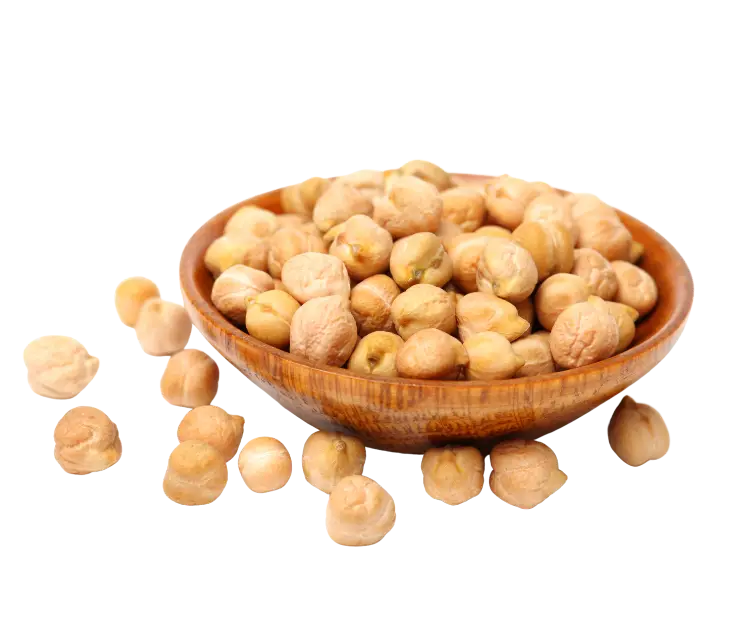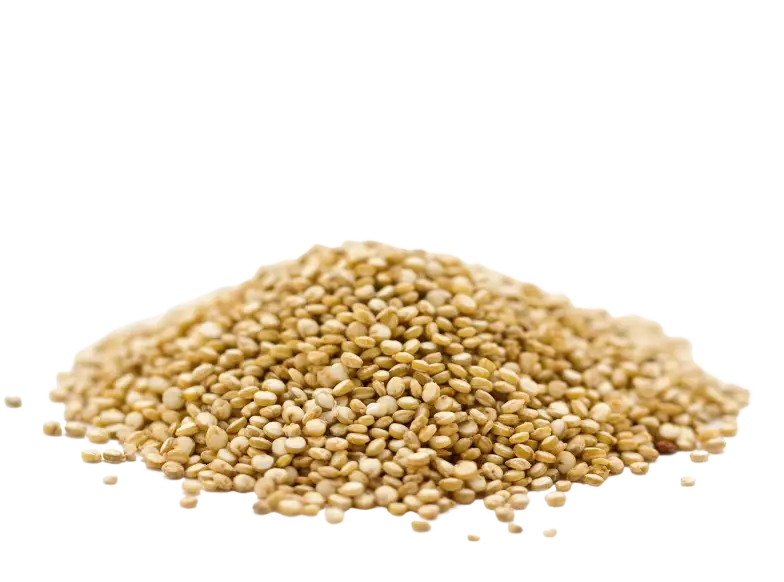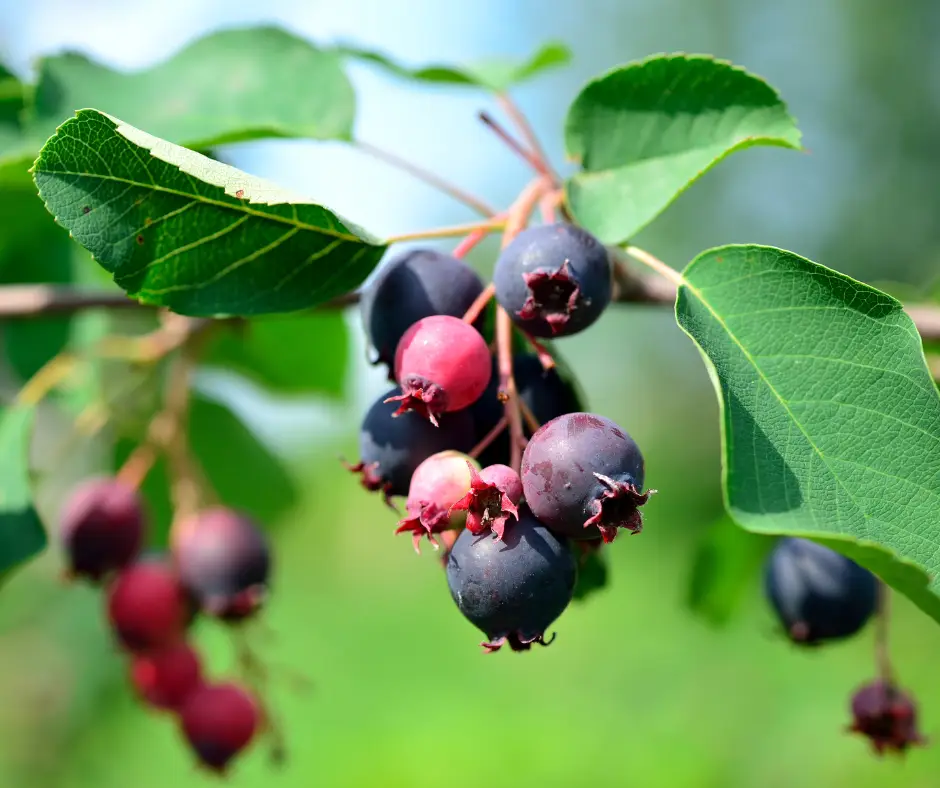
The Canadian Prairies
Saskatchewan’s agricultural products have gained recognition and a positive reputation globally. Buyers seeking high-quality, trustworthy, and well-regarded products often turn to Saskatchewan.
Purchasing products from Saskatchewan allows consumers to experience authentic Canadian flavours and support local Canadian producers; choosing Saskatchewan exports connects consuemrs to the region’s agricultural traditions and cultural identity.

